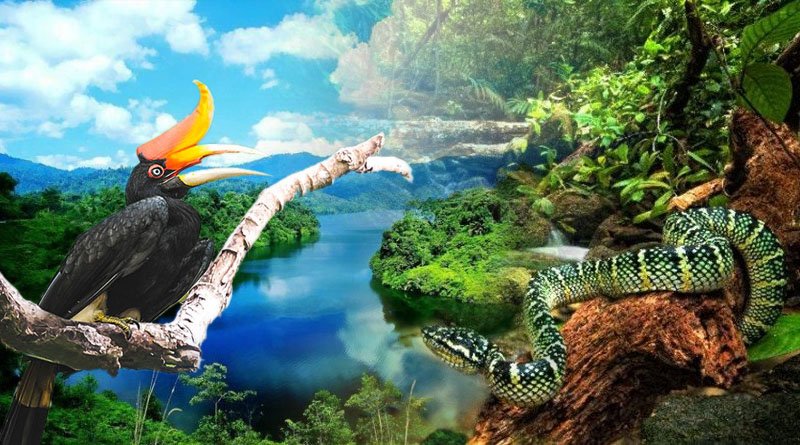To protect delicate ecosystems and to put an end to decades of ‘irrational development’ that had encroached on wetlands and forests, the red line scheme was first put forth in 2011.

A government official announced on Thursday that China has completed work on a national ecological protection scheme known as “red line,” which aims to protect the country’s ecosystems and undo some of the harm caused by rapid industrial and urban growth.
In an effort to protect delicate ecosystems and put an end to decades of ‘irrational development’ that had encroached on wetlands and forests, the red line scheme was first put forth in 2011.
According to Wang Zhibin, head of the nature protection office at the Ministry of Ecology and Environment (MEE), the lines have now been fully established, encompassing roughly 3 million square kilometres (1.16 million square miles) of land, or about 30% of China’s total, as well as 150,000 square kilometres (15,000 square miles) of marine areas, all of which are under state surveillance.
30 Chinese and foreign satellites are used in the surveillance network, which allows it to detect human encroachment in real time, according to Wang. The percentage of land protected is in line with the Montreal Biodiversity Pact, which calls for protecting 30% of all land and sea by 2030.
While critics claim that enforcement of the red line scheme has remained patchy, China has already removed hydropower plants, homes, farms, and workshops from protected forests, wetlands, and riverbanks.
Some human activities, such as commercial forestry and the exploitation of mineral resources, would still be permitted inside the red lines, according to recent policy guidelines.
According to Wang, efforts to protect biodiversity are still “under a lot of pressure,” primarily due to oversight and enforcement shortcomings as well as vulnerability to climate change.
The MEE has started a number of pilot provincial supervision projects, but violations still happen, he said, including encroachment on protected areas by livestock and poultry breeding facilities, as well as illegal quarrying, sand mining, and logging. Drawing red lines and strictly adhering to them are both challenging tasks, he said.